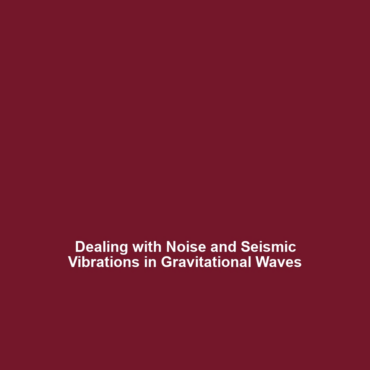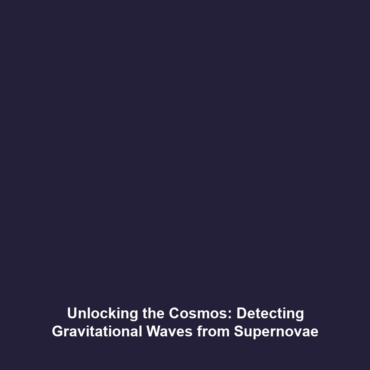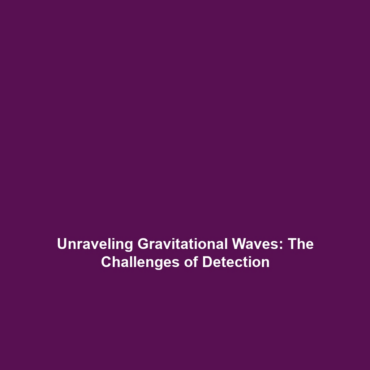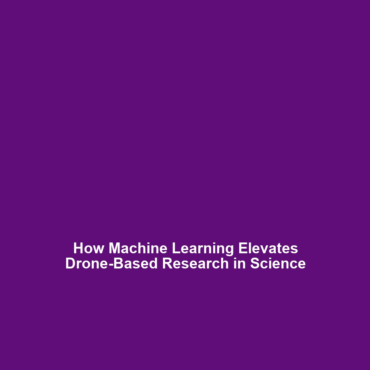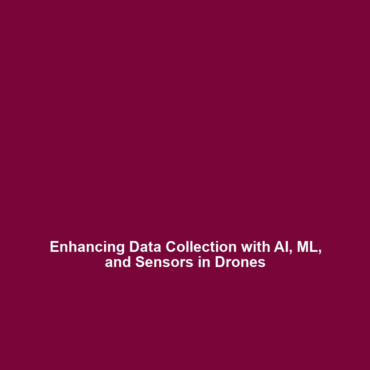Dealing with Noise and Environmental Factors in Gravitational Waves
Introduction
The detection of gravitational waves has revolutionized our understanding of the universe, yet it is significantly hampered by noise and various environmental factors, notably seismic vibrations. These disturbances can obscure the faint signals originating from cataclysmic astronomical events, making it crucial for scientists to develop effective methods to mitigate their impact. Understanding how to deal with stressors such as seismic activity allows researchers to fine-tune their detection process, paving the way for more accurate observations of cosmic phenomena. This article delves into the various strategies employed by the scientific community to handle these challenges within the realm of gravitational wave astronomy.
Key Concepts
Understanding Noise and Environmental Factors
Noise in the context of gravitational waves primarily encompasses seismic vibrations, thermal fluctuations, and other environmental interferences. Recognizing their sources allows for tailored approaches to minimize these disturbances:
- Seismic Isolation: Devices that prevent ground vibrations from affecting sensitive equipment.
- Active Vibration Control: Real-time adjustments to compensate for external disturbances.
- Material Selection: Choosing materials that dampen or absorb vibrations effectively.
Importance in Gravitational Wave Detection
Mitigating environmental noise is vital for the success of gravitational wave detection. Even the slightest interference can mask a signal, thus efforts to enhance sensitivity are paramount.
Applications and Real-World Uses
Dealing with noise and environmental factors is critical in various aspects of gravitational wave research:
- Interferometric Detectors: Techniques like those implemented in LIGO (Laser Interferometer Gravitational-Wave Observatory) help maintain clarity in measurements.
- Astrophysical Discoveries: Enhanced detection techniques have led to significant discoveries, such as the observation of binary black hole mergers.
These applications illustrate how noise reduction techniques are fundamental to advancing our understanding of gravitational waves.
Current Challenges
Despite advancements, challenges remain in managing noise and environmental factors:
- Unpredictable Vibrations: Seismic events can vary considerably, complicating predictive models.
- Costs: Implementing advanced noise-reduction technologies can be financially prohibitive.
- Technological Limitations: Current sensors may not fully eliminate background noise.
Future Research and Innovations
The future of dealing with noise and environmental factors in gravitational wave research is promising:
- Next-Gen Sensors: Development of advanced materials and sensor technologies aimed at improving sensitivity.
- Machine Learning: Utilization of AI to predict and filter out noise more effectively during data analysis.
These innovations are expected to further enhance gravitational wave observatories’ capabilities in the coming years.
Conclusion
In summary, effective management of noise and environmental factors is critical to the success of gravitational wave detection. As technology advances, researchers are likely to develop even more sophisticated methods to minimize these interferences and improve our understanding of the universe. For further exploration on gravitational waves and ongoing research, check out our articles on gravitational wave research and seismic detection technologies.
